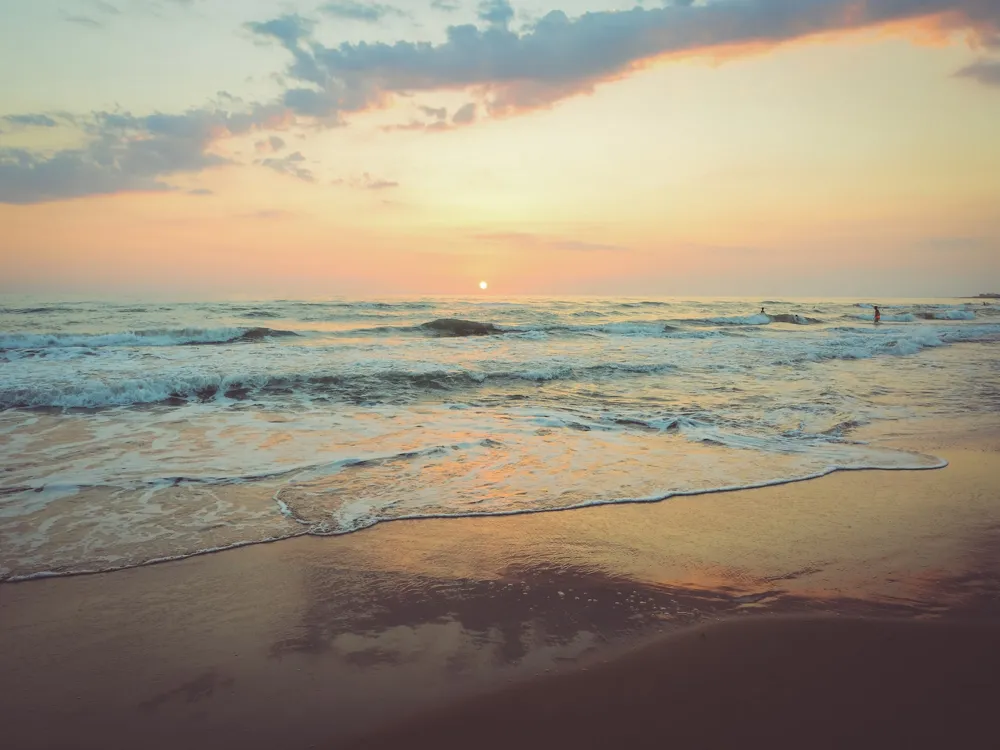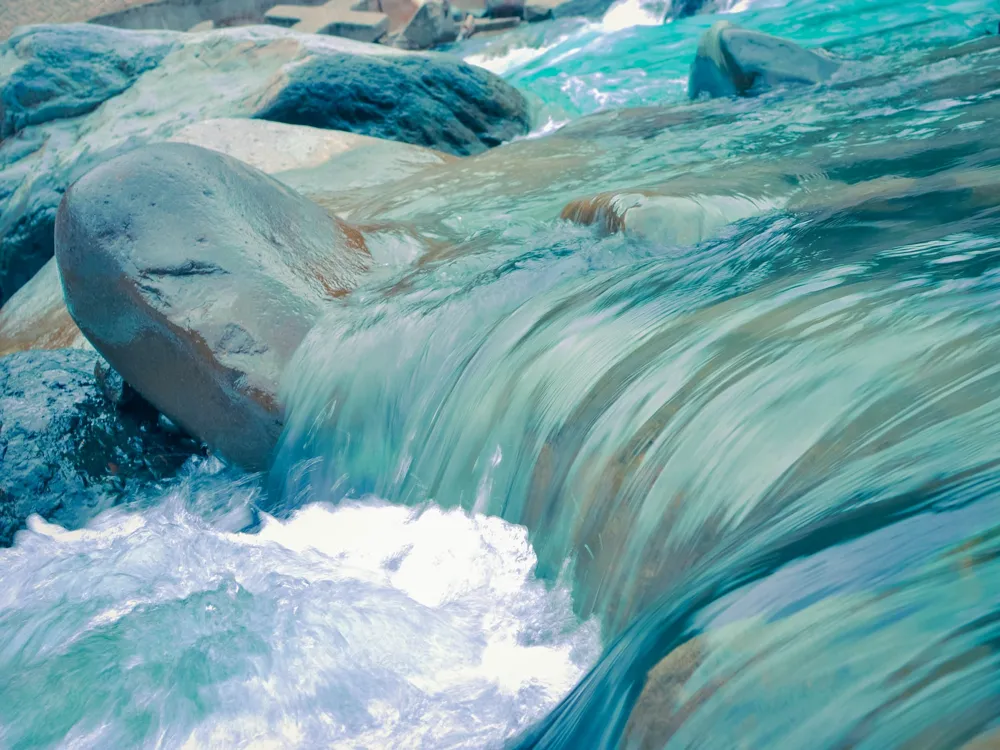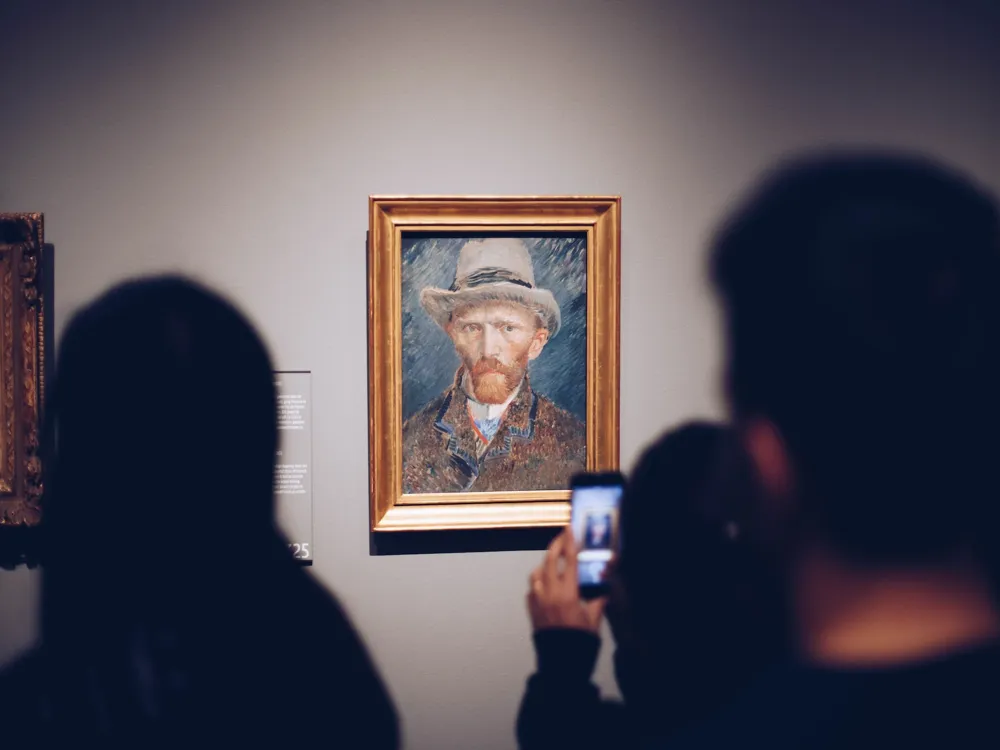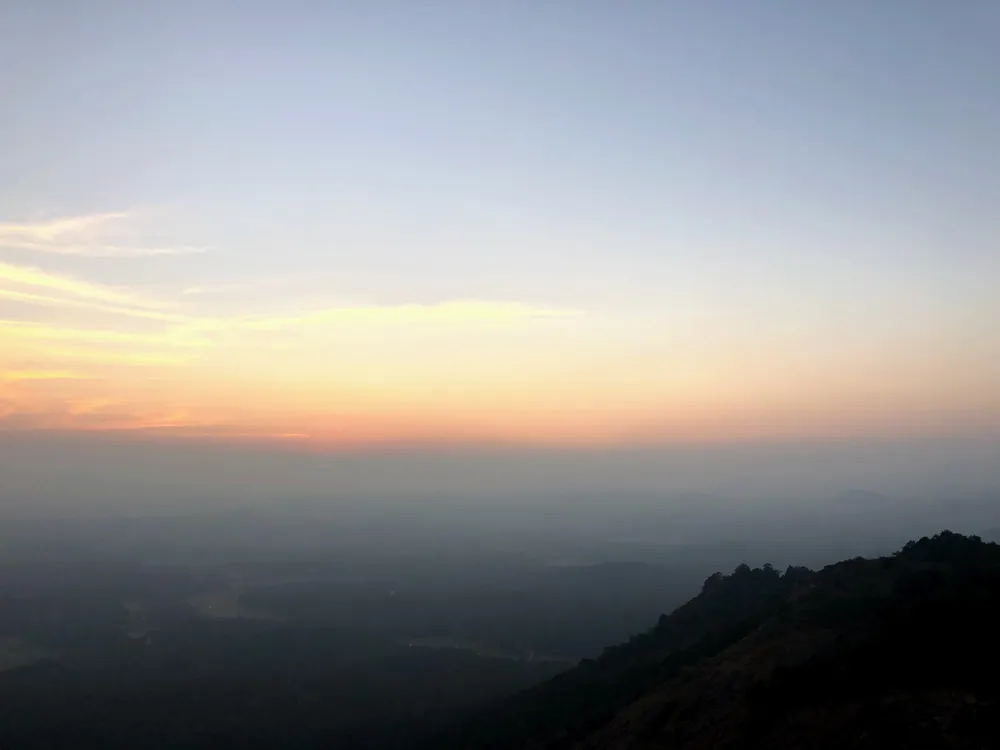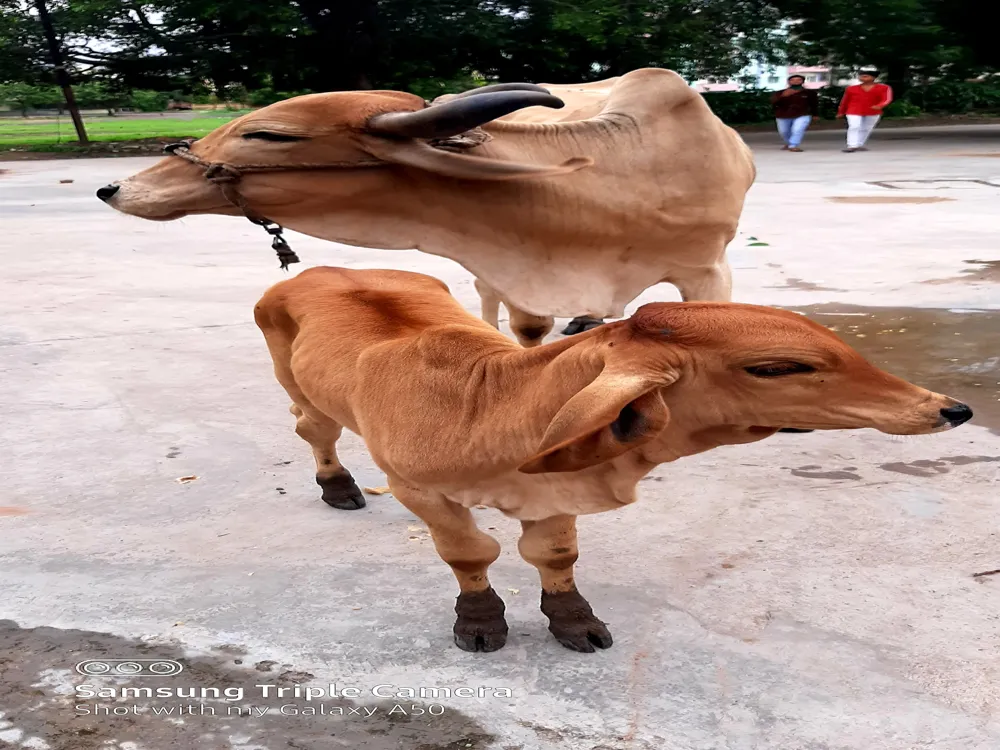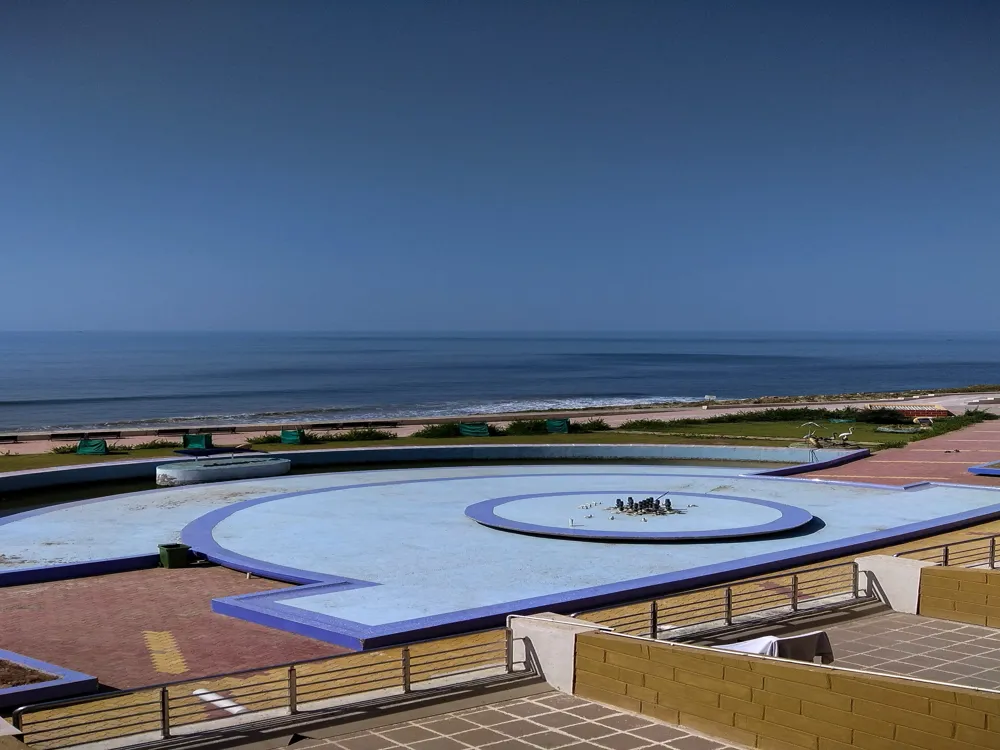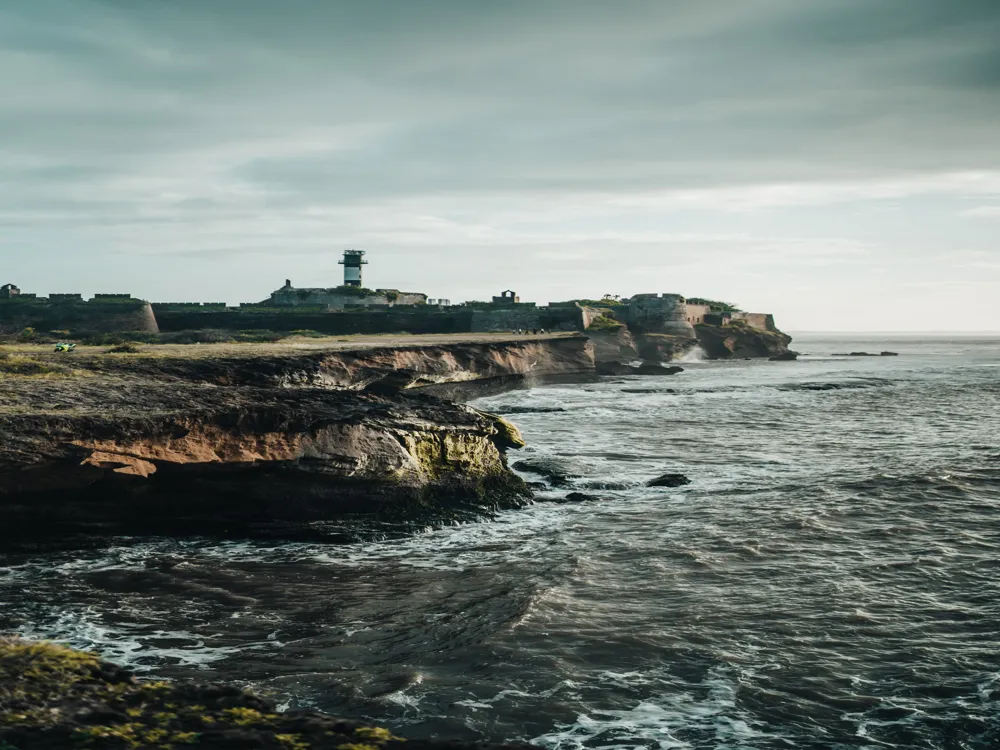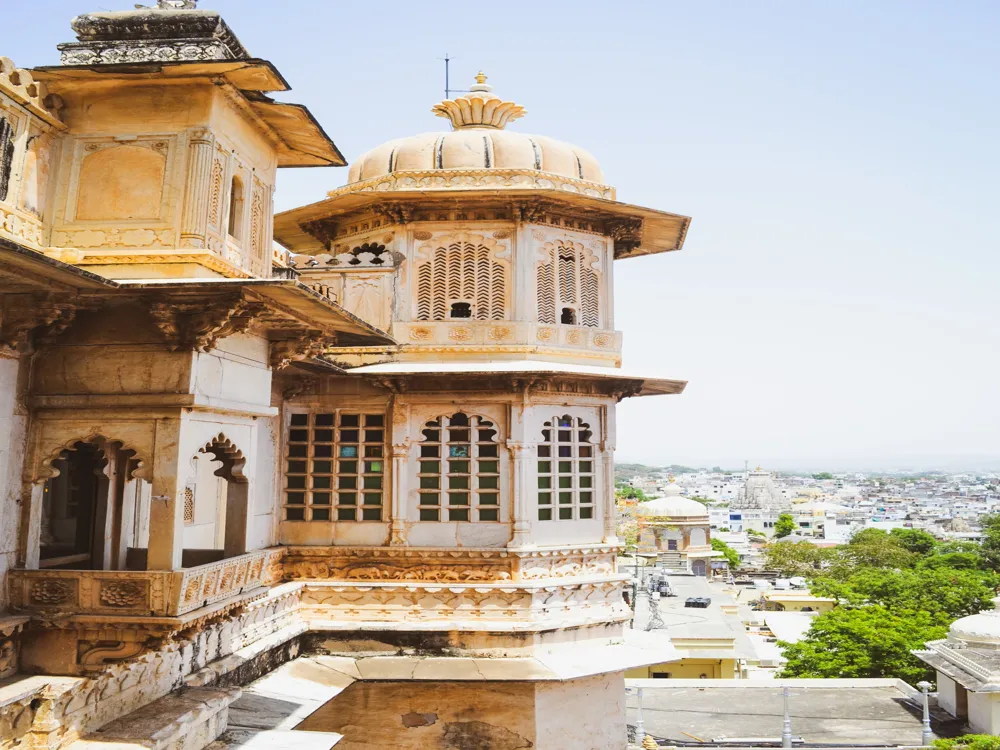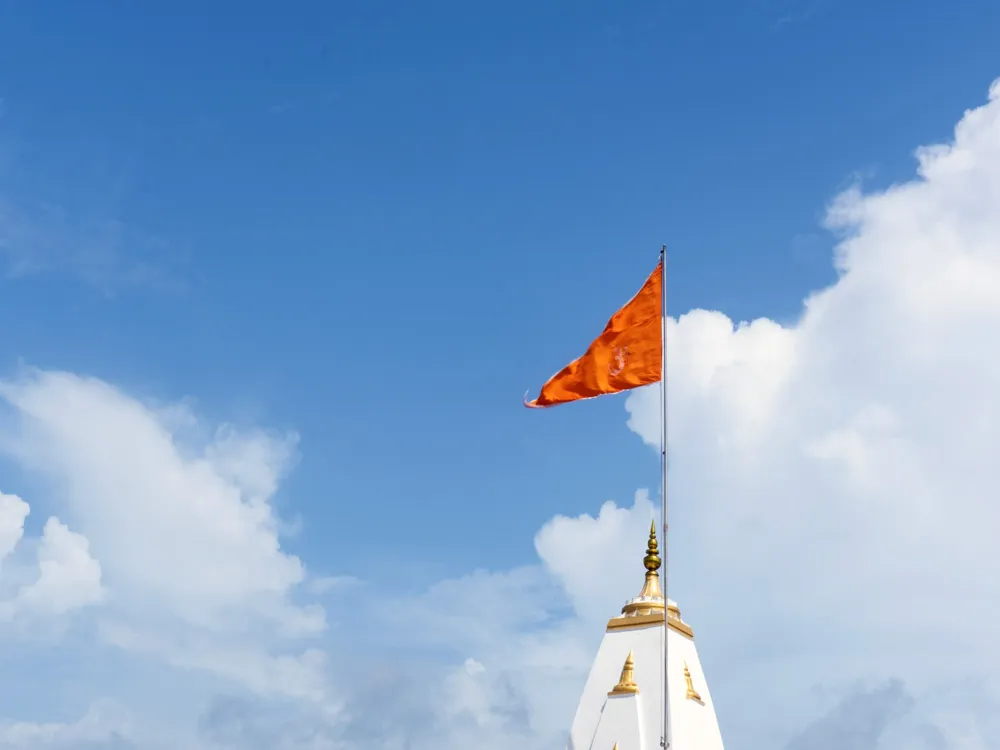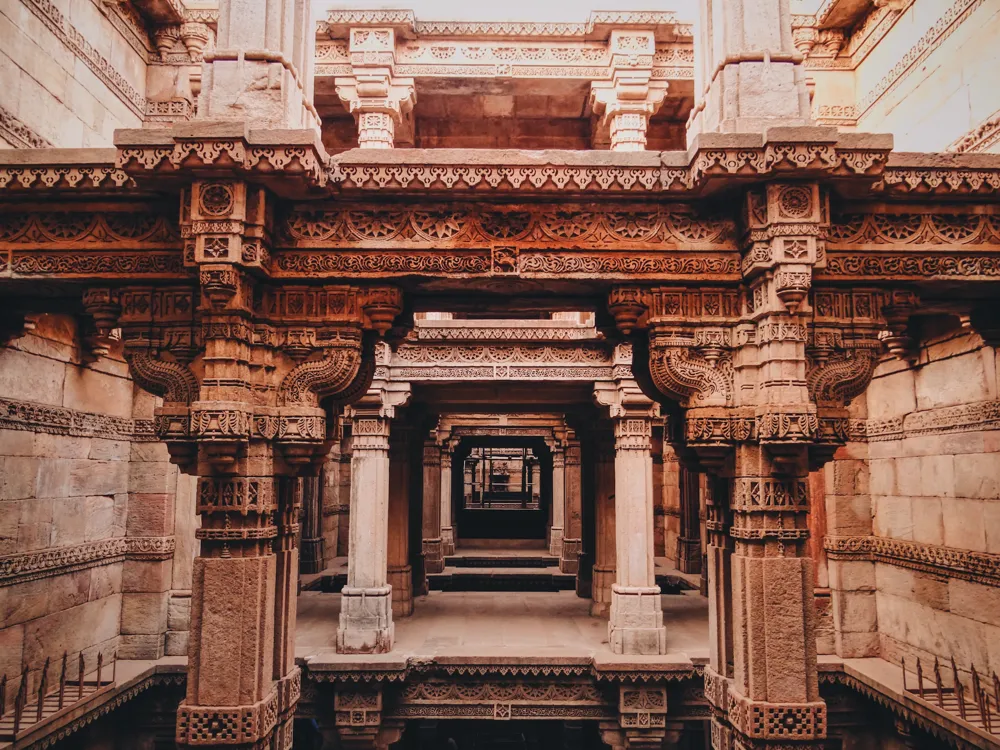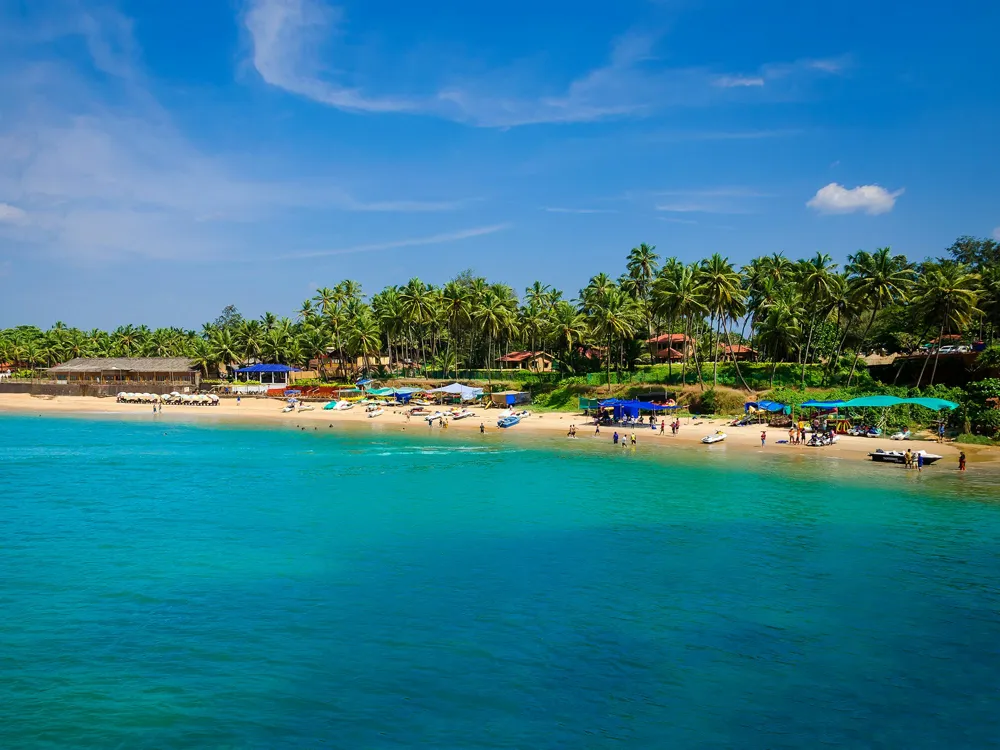Nestled in the vibrant state of Gujarat, the Uparkot Fort in Junagadh stands as a testament to India's rich history and architectural grandeur. This ancient fortress, believed to have been built in 319 BC by Chandragupta Maurya, offers a stunning blend of historical tales and architectural marvels. Over the centuries, the fort has witnessed numerous reconstructions and renovations under various rulers, which have added to its unique charm and complexity. The fort's location is as strategic as it is scenic, perched on a plateau in the Girnar Hills. This positioning not only provided a natural defense mechanism but also offered a panoramic view of the surrounding region, a crucial advantage in ancient times. The fort complex houses several historical structures such as Buddhist caves dating back to the 2nd-3rd century AD, ornate gates, and ancient temples, each narrating a different chapter of Indian history. One of the most fascinating aspects of the Uparkot Fort is its endurance through time. It has withstood the test of time, surviving sieges and battles, and still stands proudly, drawing visitors from around the world. The fort's blend of natural beauty, historical significance, and architectural splendor makes it a must-visit destination for history buffs, architecture enthusiasts, and tourists alike. The architectural design of Uparkot Fort is a reflection of the various dynasties that have ruled over it. The fort's structure is predominantly made of stone, a common material in ancient Indian architecture, known for its durability and strength. The walls of the fort are impressively thick, some measuring over 20 feet in height and 15 feet in width, designed to withstand long sieges. The entrance of the fort is through a series of gates, each designed with intricate carvings and detailed artwork, showcasing the craftsmanship of the artisans of that era. The most notable gates are the 'Buddhist Cave Gate' and the 'Babupyana Gate', which exhibit a mix of Hindu and Buddhist architectural styles. Inside the fort lies a complex network of structures including water reservoirs, public halls, and palaces. The 'Adi-Kadi Vav' and 'Navghan Kuvo', two-step wells within the fort, are examples of the ingenious water conservation techniques used in those times. These step wells, with their deep flights of stairs leading to water sources, are not only functional but also aesthetically pleasing. Another notable architectural feature is the Buddhist caves, hewn out of solid rock, which display the influence of Buddhist architecture on the Indian subcontinent. These caves are adorned with pillars, carved gateways, and chhatris (dome-shaped pavilions), reflecting the fusion of Indian and Buddhist styles. The fort also houses several temples, including the ancient 'Hanuman Temple' and the 'Jain Temples', which are fine examples of religious architecture of their respective eras. The intricate carvings, detailed sculptures, and the overall design of these temples provide a glimpse into the religious and cultural fabric of ancient India. The ideal time to visit Uparkot Fort is from October to March when the weather is pleasant. During these months, the temperature is moderate, making it comfortable for tourists to explore the fort and its surroundings. Comfortable walking shoes are a must as there's a lot of walking involved. Light cotton clothing is recommended during the summer months, while winters may require light woolens. Opt for a guided tour to better understand the fort's history and architecture. Knowledgeable guides can provide insights into the fort's past that you might miss if exploring alone. Photography is allowed in most parts of the fort but always check for signs as some areas might restrict photography. Carry a camera to capture the stunning architecture and scenic views. Uparkot Fort in Junagadh is well-connected by road, rail, and air. The nearest airport is Rajkot, which is about 102 kilometers away. From Rajkot, one can hire a taxi or take a bus to Junagadh. Junagadh itself has a railway station that is well-connected to major cities in Gujarat and other parts of India. For those preferring to travel by road, numerous state and private buses ply to Junagadh from various cities. Once in Junagadh, the fort is easily accessible by local transportation. Read More: Overview of Uparkot Fort, Junagadh, Gujarat
The architecture of Uparkot Fort
Tips When Visiting Uparkot Fort
Best Time to Visit
What to Wear
Guided Tours
Photography
How To Reach Uparkot Fort
Uparkot Fort
Junagadh
Gujarat
NaN onwards
View junagadh Packages
Weather :
Label : Must Visit
Tags : Forts & Palaces
Timings : 7:00 AM - 7:00 PM
Entry Fee : India Visitor - INR 5
Foreign Visitor - INR 100
Planning a Trip? Ask Your Question
Junagadh Travel Packages
View All Packages For Junagadh
Top Hotel Collections for Junagadh

Private Pool

Luxury Hotels

5-Star Hotels

Pet Friendly
Top Hotels Near Junagadh
Other Top Ranking Places In Junagadh
View All Places To Visit In junagadh
View junagadh Packages
Weather :
Label : Must Visit
Tags : Forts & Palaces
Timings : 7:00 AM - 7:00 PM
Entry Fee : India Visitor - INR 5
Foreign Visitor - INR 100
Planning a Trip? Ask Your Question
Junagadh Travel Packages
View All Packages For Junagadh
Top Hotel Collections for Junagadh

Private Pool

Luxury Hotels

5-Star Hotels

Pet Friendly







